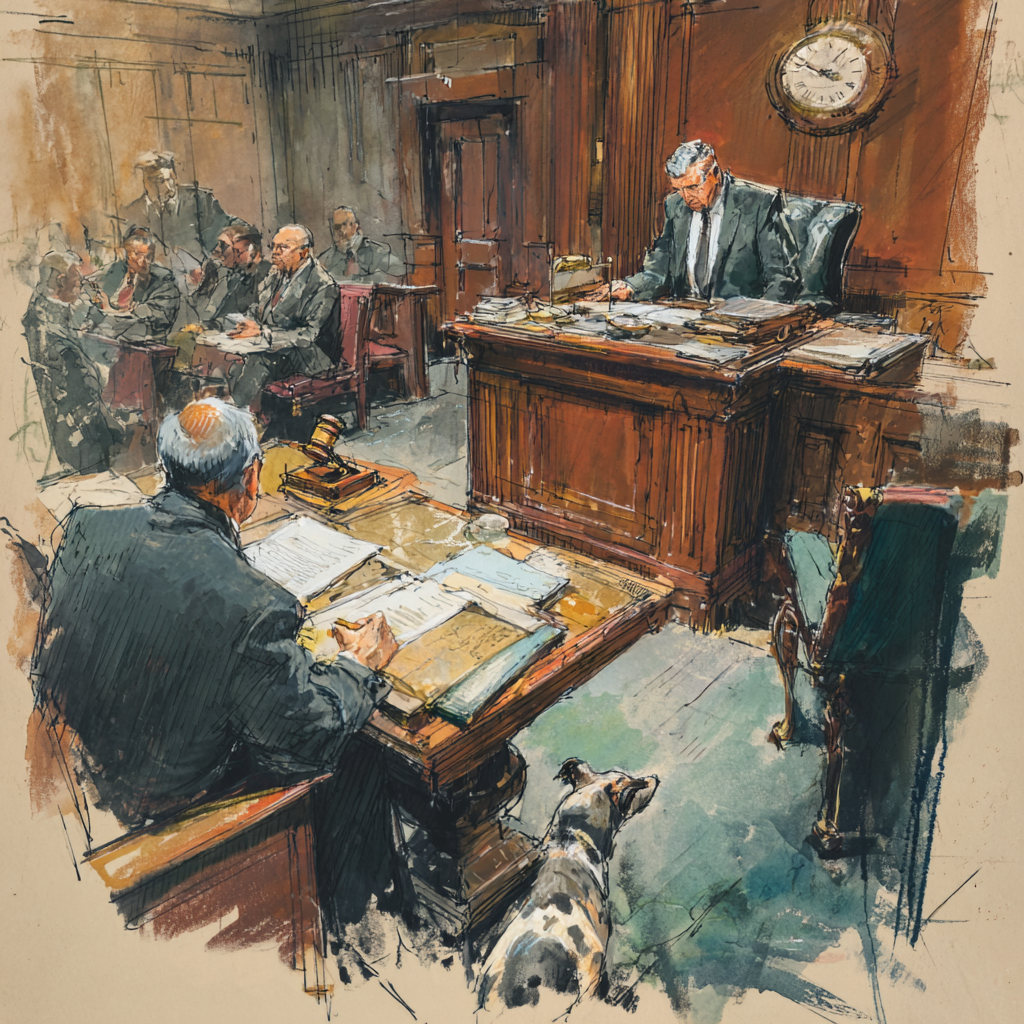Lama v Mohammad, 2010 NY Slip Op 20410 (App. Term 2d Dept. 2010).
“The existence of a serious injury is a necessary element of plaintiff’s cause of action and, therefore, plaintiff erroneously contends that he did not need to provide any medical evidence to show the existence of such an injury. The affidavit submitted by plaintiff contains no evidentiary facts establishing that he has a viable cause of action and, clearly, it would have been insufficient to defeat a motion for summary judgment. Consequently, with respect to defendants Hollis and Mayo, since plaintiff failed to demonstrate both a meritorious cause of action and a justifiable excuse for the delay, so much of the order as granted said defendants’ motion to dismiss is left undisturbed.”
I have never seen the burden of defeating a 3216 motion compared to the burden necessary to successfully oppose a summary judgment motion. What is interesting is that the First Department just recently stated that 3216 is an extremely forgiving statute and allowed a verified complaint to satisfy the meritorious cause of action requirement.
Umeze v. Fidelis Care New York, 2010 N.Y. Slip Op. 0660 (1st Dept. 2010):
“CPLR 3216 “is extremely forgiving of litigation delay” (Baczkowski v Collins Constr. Co., 89 NY2d 499, 503 [1997]), and “[t]he nature and degree of the penalty to be imposed on a motion to dismiss for want of prosecution is a matter of discretion with the court” (Espinoza v 373-381 Park Ave. S., LLC, 68 AD3d 532, 533 [2009]).”….“Contrary to defendants’ contention, the “complaint, verified by plaintiff on the basis of personal knowledge and which detailed [the defendants’] acts of negligence, was a sufficient affidavit of merits”
Interesting, right?









